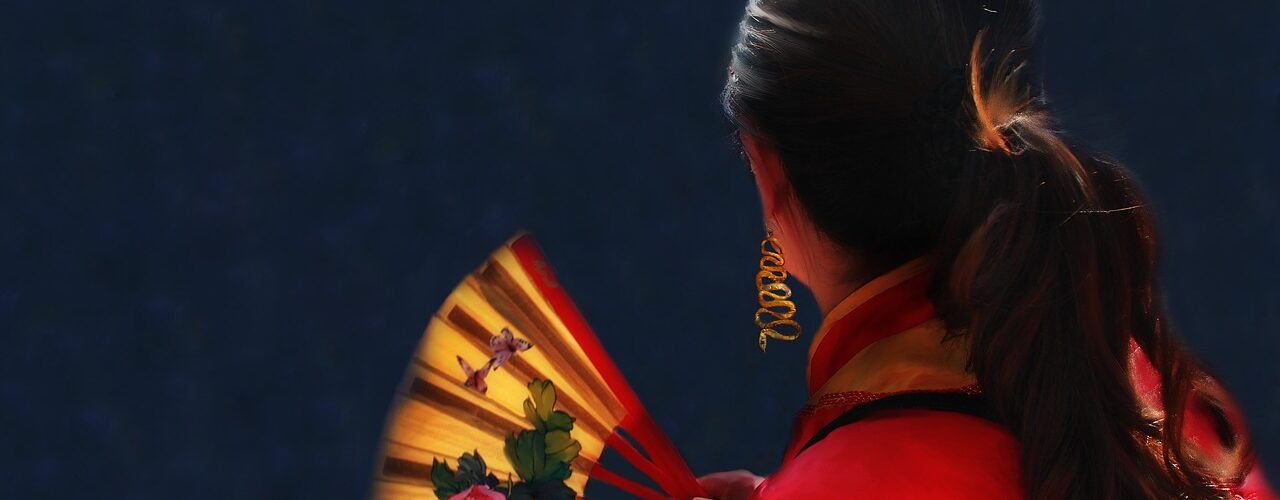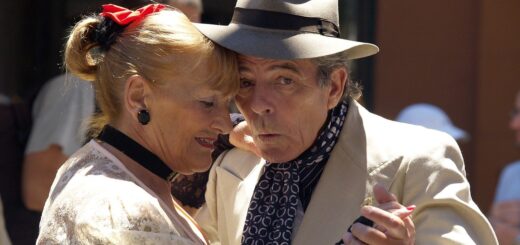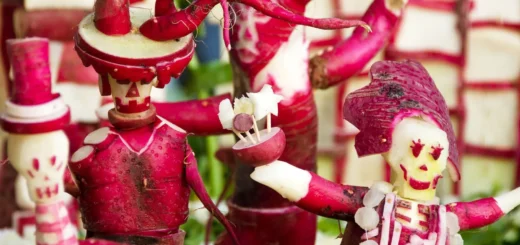Let Knows’ About Chinese New Year Traditions

Chinese New Year, also known as the Spring Festival or Lunar New Year, is one of the most important traditional Chinese holidays. Here are some key things to know about Chinese New Year:
Date: Chinese New Year is based on the lunar calendar and typically falls between January 21 and February 20. The date varies each year.
Symbol: Each year in the Chinese zodiac is associated with an animal sign. There are 12 animals in the Chinese zodiac cycle, and each animal is associated with one of the five elements (wood, fire, earth, metal, water). 2022, for example, is the Year of the Tiger.
Celebration Duration: The festival lasts for 15 days, starting from the Chinese New Year’s Eve to the Lantern Festival on the 15th day of the first lunar month.
Family Reunion: Chinese New Year is a time for family reunions. People travel long distances to be with their families, often resulting in the world’s largest annual human migration.
Red Decorations: The color red is considered auspicious and is widely used in decorations. It is believed to ward off evil spirits and bring good luck.
Fireworks and Firecrackers: Traditional celebrations include the use of fireworks and firecrackers to drive away evil spirits. However, in some places, there are restrictions on fireworks due to safety and environmental concerns.
Lion and Dragon Dances: Colorful lion and dragon dances are performed during Chinese New Year parades and festivities. These performances are believed to bring good luck and chase away evil spirits.
Gift-Giving: Red envelopes, called “hongbao” or “li xi,” containing money are given as gifts, especially to children and unmarried individuals. The amount of money often ends with an even digit, as odd numbers are associated with funerals.
Cleaning and Decorations: Before the New Year, families engage in thorough cleaning to sweep away bad luck and make way for good fortune. Homes are decorated with symbols of good luck and prosperity.
Traditional Foods: Special foods are prepared for the New Year, each with its own symbolic meaning. For example, fish symbolizes surplus and wealth, dumplings represent wealth and treasure, and nian gao (sticky rice cake) symbolizes progress, growth, and the promise of a better year.
Taboos: There are certain taboos during the festival, such as avoiding the use of sharp objects (to prevent cutting off good luck) and refraining from mentioning negative words or topics.
Spring Festival Gala: The Spring Festival Gala, a televised program featuring various performances and entertainment, is a significant part of the celebration. It is watched by millions of people across China.
Chinese New Year is a rich and vibrant celebration that combines centuries-old traditions with modern festivities, creating a unique and festive atmosphere.








